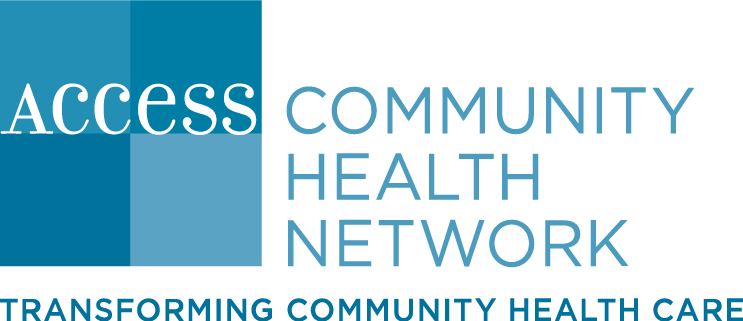6 Ways to Increase Your Chances of Natural Childbirth
For women aiming for an unmedicated or low-intervention labor and delivery, there are steps that can be taken to maximize your opportunity for a healthy, natural birth.
One of the main reasons women opt for a natural childbirth is to avoid unnecessary procedures, including Cesarean sections, in order to achieve the best outcomes for mothers and babies.
A natural, unmedicated vaginal birth is an entirely achievable and reasonable goal for about 85 percent of pregnant women, but for the other 15 percent there can be complications that put them in a high-risk category where they will need certain interventions.
Here are six ways to increase your chances of natural childbirth to ensure a healthy birth process:
1. Educate yourself
Knowledge is power in the delivery room. Find programs, like ACCESS’ Westside Healthy Start Services (WHS), that provide resources to mothers aimed at reducing infant mortality and improving birth outcomes. These programs also give mothers peer support and leadership training opportunities. Together these opportunities empower women and foster a sense of community.
2. Have a birth plan
Some say birth plans aren’t necessary, but one of their main advantages is that they help determine what is important to you. If you are leaning strongly toward a natural childbirth, your birth plan will bring to light any special concerns you may have. Labor and childbirth rarely go exactly as planned, but you can prepare for the unexpected. While creating your birth plan, you will also start to consider which providers share a vision that closely matches yours. Your birth plan can also address questions like:
- Are you willing to be induced at any point?
- What is your attitude toward pain relief?
- Who do you want in the room with you when you deliver?
3. Address your fears
Once you have found a Certified Nurse Midwife or doctor who is experienced with natural births, have an open and honest conversation to make yourself more at ease and upbeat. Discuss what your concerns and fears might be in detail, and allow them to talk you through everything. A study by BMC Pregnancy and Childbirth suggests that addressing concerns prior to labor ensures that you approach it with a positive attitude, which can help you feel less pain, avoid a C-Section and feel satisfied with your experience.
This conversation should also include issues around weight goals for your pregnancy. “All too often women who are pregnant think they are eating for two, which is not the case. The weight you are before you get pregnant will determine how much weight you should gain during your pregnancy,” said Barbara Doran, CNM, APN. “Achieving healthy weight goals during your pregnancy will help you grow the size baby that your body is able to birth--plus, you will not have to worry about losing all of the extra "baby weight" afterwards while taking care of your newborn.”
4. Keep Moving
Walking, squatting, swaying and switching sides while resting can help your body work with your contractions as gravity and mobility help your baby move into the birth canal. The added bonus is that movement helps ease tension and gives your mind something to focus on other than pain.
5. Try to relax and breathe
We understand this may be difficult when you’re in pain, but rhythmic breathing, meditation, acupressure and massage are excellent tools for all stages of labor. A shower, bathtub and hot compresses are Mother Nature's tools for easing pain and helping you relax. Spend as much time as possible in water. Prior to heading to the hospital, allow yourself time to relax at home; you can close your eyes, follow your breath, and create an ambiance that promotes relaxation. We suggest this, because once you're in the hospital, your nurse will frequently check your vital signs, hook up monitors, draw blood, start IVs and do other interventions that may interrupt your flow and relaxation.
6. Be patient
Some labors start with days of off-and-on contractions that can wear moms out long before "active labor" even begins. When women head to the hospital during early labor, they may spend too many hours in bed with doctors, midwives and nurses clocking their progress. When your contractions are consistently less than five minutes apart and getting stronger for at least a couple hours no matter what you do, then you can check in with your provider.
How We Can Help
For more information about how ACCESS can help you with a healthy labor and delivery, talk with your provider or, to schedule a prenatal appointment today.
As of November 12, 2022
